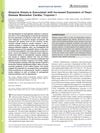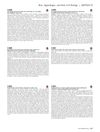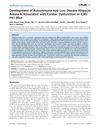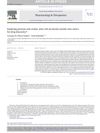signaling protein that, when suppressed, may grow hair by reducing inflammation and stem cell loss
powerful topical and oral anti-androgen used mostly by women
technique to create small wounds in skin to activate collagen production and hair growth
natural substance from Neem tree with medicinal and pesticidal properties




